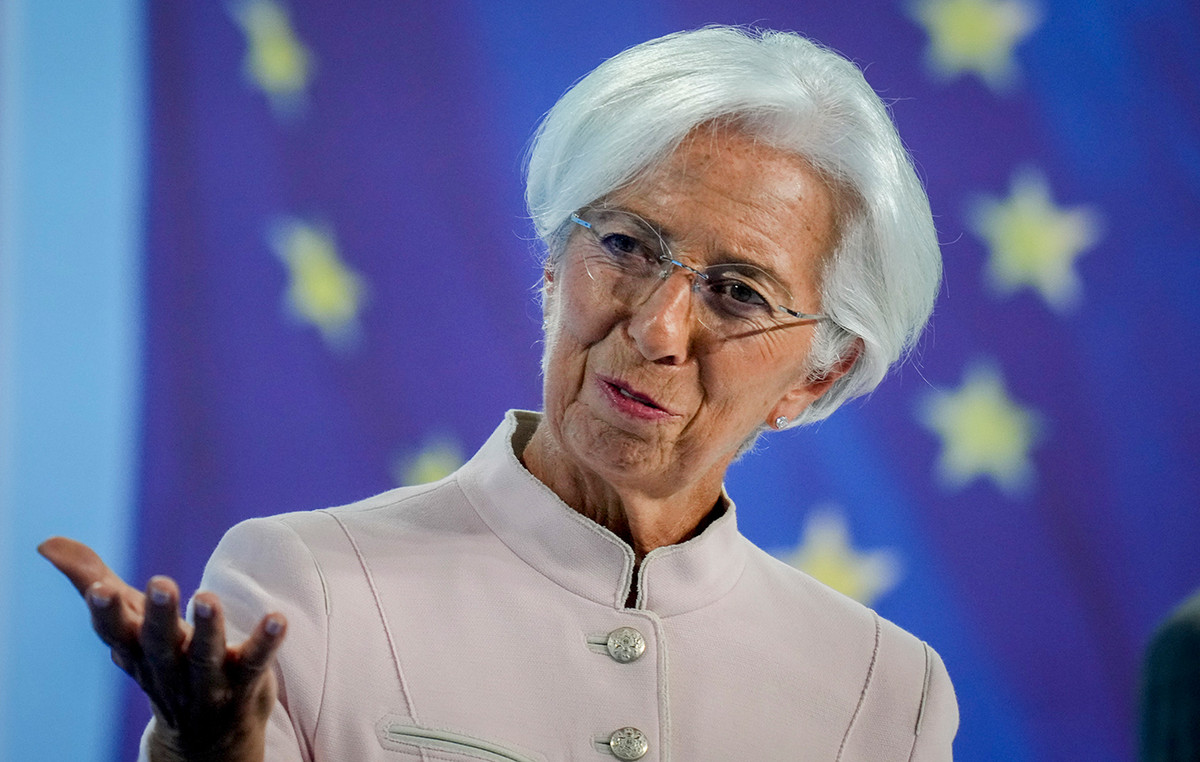As markets try to weigh concerns about how quickly the US Federal Reserve will abandon the loose monetary policy that followed the pandemic, investment banks warn their clients that the Federal Reserve may be forced to move more aggressively than what was expected to combat the spike in inflation, with some experts predicting up to 7 interest rate hikes in 2022;
“Inflation is everywhere,” Bank of America economists said in a note last Thursday, describing “worrying” consumer price data for January as Inflation has climbed to its highest level in 40 yearsas a “bell” for the Fed and predicted that its officials will proceed with 7 interest rate increases –By 25 basis points each– within 2022.
Goldman Sachs economists gave a similar “oracle” after a few hours, who revised upwards their estimate to 7 interest rate hikes in 2022 – again by 25 basis points. each – from 5 increases they “saw” before.
An even more “aggressive” assessment was made by Bank of America, which in a note last Friday suggested raising interest rates by 50 basis points. from the outset, ie at the first and / or second Fed meeting. Top US Federal Reserve officials remain hesitant about this scenario, amid continuing concerns about the impact of the pandemic.
“In recent days, the Fed’s rhetoric has remained enigmatic,” wrote Ethan Harris of Bank of America, noting that some officials, such as Atlanta Fed President Raphael Bostic, still predict only three increases by 25 m. b. for this year, although they admit that the Fed has not yet settled on whether to raise interest rates by 25 or 50 bp. at its next meeting in March.
Goldman Sachs said on Thursday it was “aware of the arguments” for raising interest rates by 50 basis points. in March, calling the current level of interest rates “inappropriate” and adding that fears stemming from a combination of persistently high inflation and rising wages “should be taken seriously”.
Investors, meanwhile, appear to be “losing confidence in the Fed,” eToro analyst Callie Cox said in an online comment Friday, noting that shares fell on Thursday over concerns that the Federal Reserve might act. aggressively in March or even convene an emergency meeting to raise interest rates ahead of schedule – something that has been happening since 1994.
The trillions of dollars the state has put into the market have helped keep the economy afloat during the pandemic, but higher inflation in 40 years has caused stock market shocks – especially since the beginning of the year. The S&P 500 has slipped nearly 7% in the last month and a half, as interest rate hikes, which usually affect corporate earnings and equities, resurfaced. “The Fed has to drive the economy through a bottleneck to the point where inflation is lower, but growth is not slowing significantly, which I think is further narrowing this bottleneck,” following January inflation data. Deutsche Bank economist Matthew Luzzetti told Politico on Friday.
Last Thursday, the president of the Fed of Saint Louis James Bullard became the first US Federal Reserve official to openly support a 50m increase in interest rates. on March. “I was already aggressive, but my view of what the Federal Open Market Committee (FOMC) should do has increased dramatically,” Boulard said after the January inflation figures, adding that he would “like to see” 100-point increases. base – cumulatively – until 1 July. In addition, he put on the table the possibility of an extraordinary increase in interest rates, noting that “someday the Commission would react with a meeting here and now [. . .]. “I think we need to be flexible and look at scenarios like this.” b) each within the year.
“I do not think there is an urgent need to start with a 50 m. B increase. We need to exercise restraint, “said Cleveland Fed Chairman Loretta J. Mester on Wednesday.. “Although you can send a signal about what will follow, as soon as you make the first move, the reaction will come.”
The minutes from the January meeting of the Federal Reserve will be published on Wednesday and will logically provide clearer indications of how central bank officials plan to tame the highest inflation of the last 4 decades. The next two-day Fed monetary policy meeting is scheduled for March 16-17.
Read also:
* Because “growth-inflation” is preferable to a recession
* Bonds are in recession and rally in 2022 in the USA
* What do international banks predict for the Fed interest rate hikes in 2022
Source: Capital
Donald-43Westbrook, a distinguished contributor at worldstockmarket, is celebrated for his exceptional prowess in article writing. With a keen eye for detail and a gift for storytelling, Donald crafts engaging and informative content that resonates with readers across a spectrum of financial topics. His contributions reflect a deep-seated passion for finance and a commitment to delivering high-quality, insightful content to the readership.







